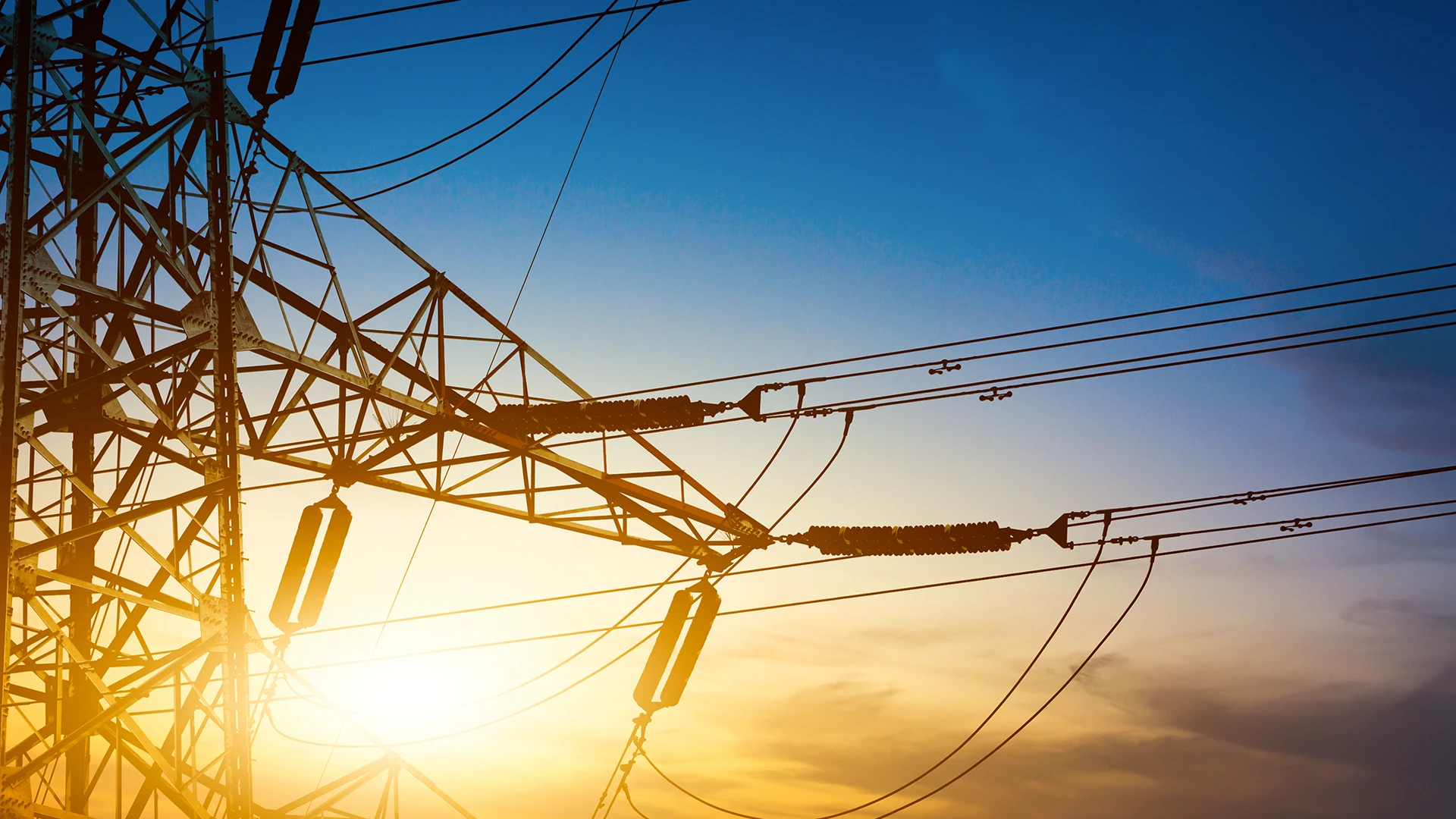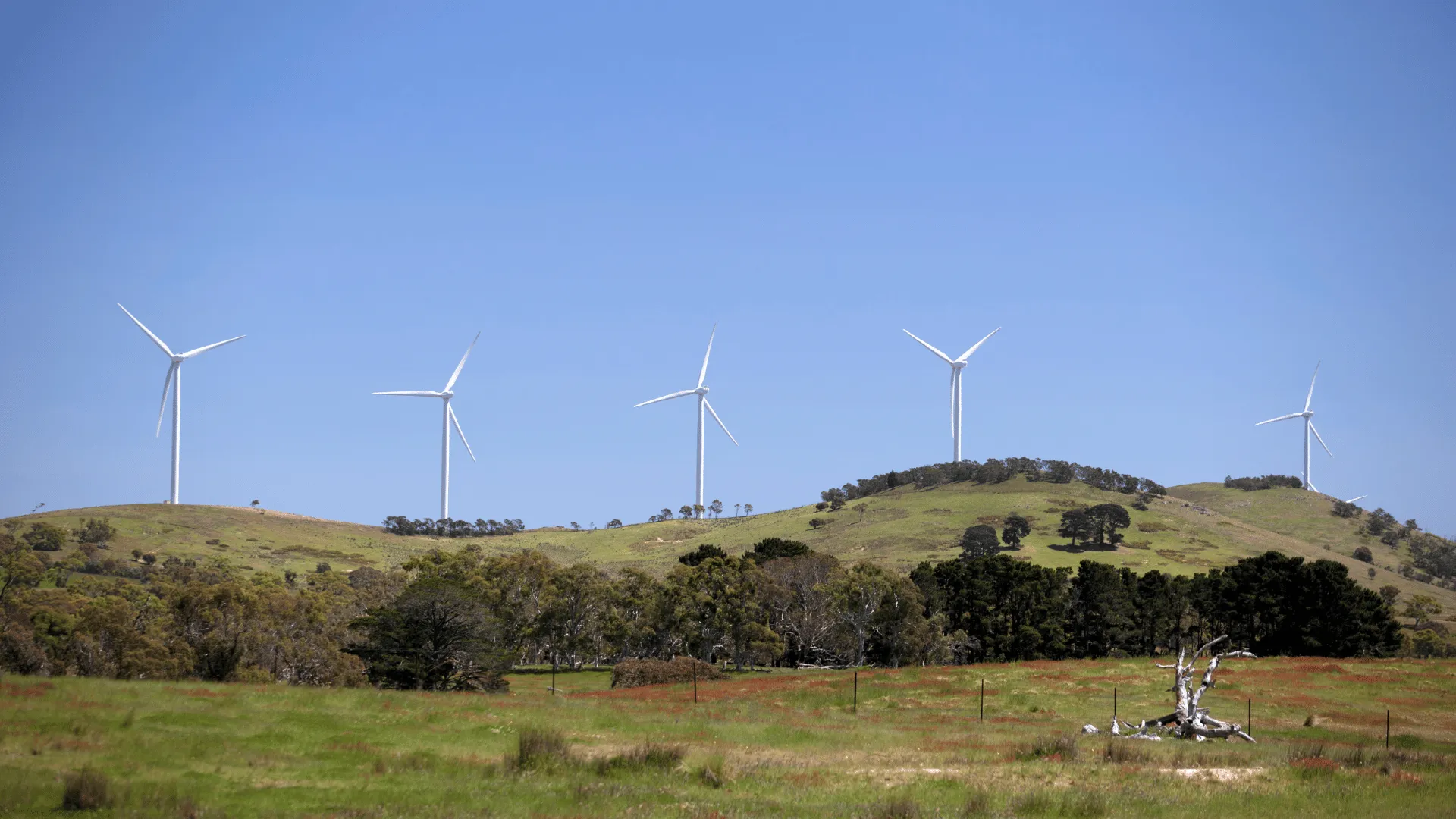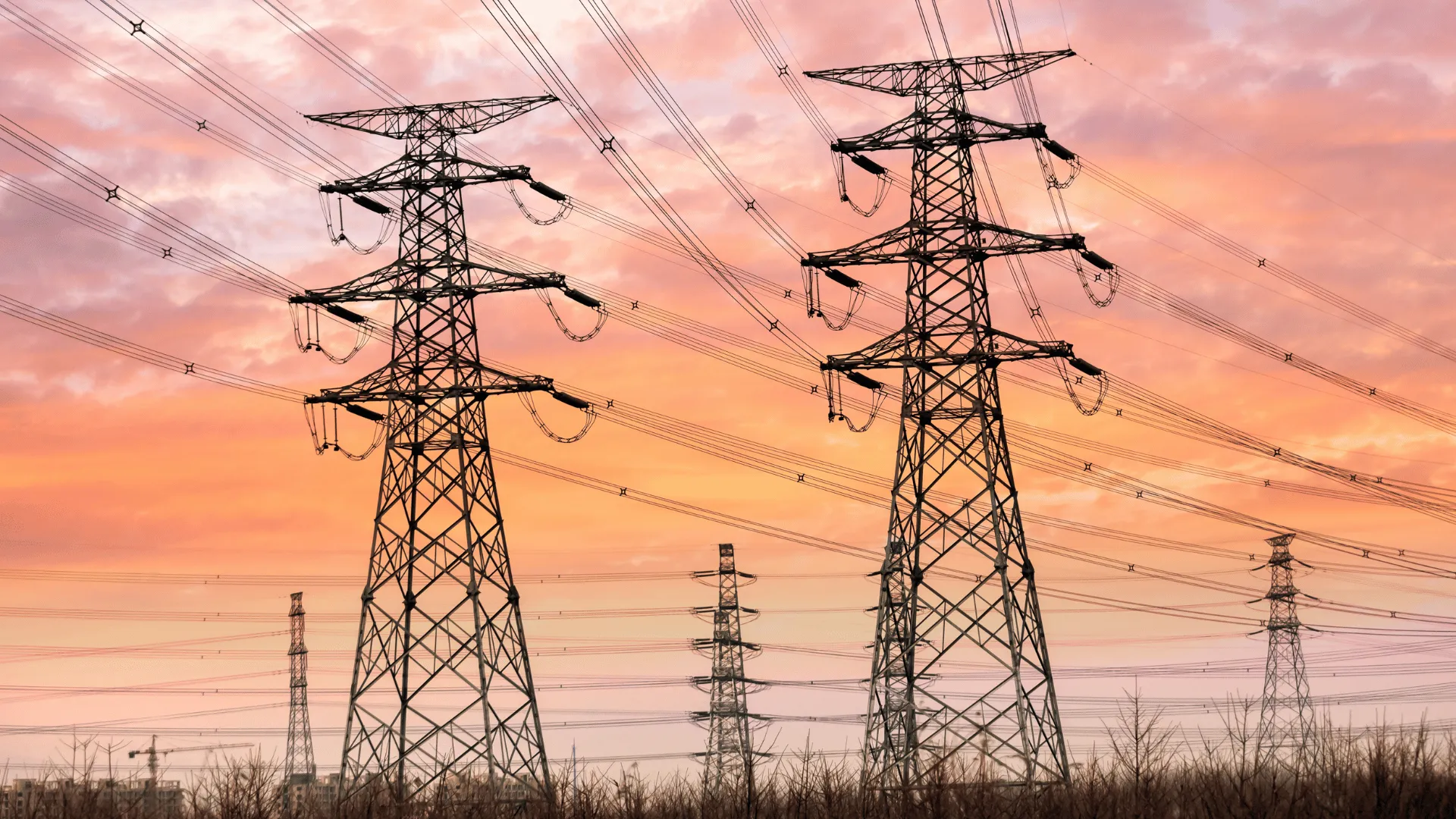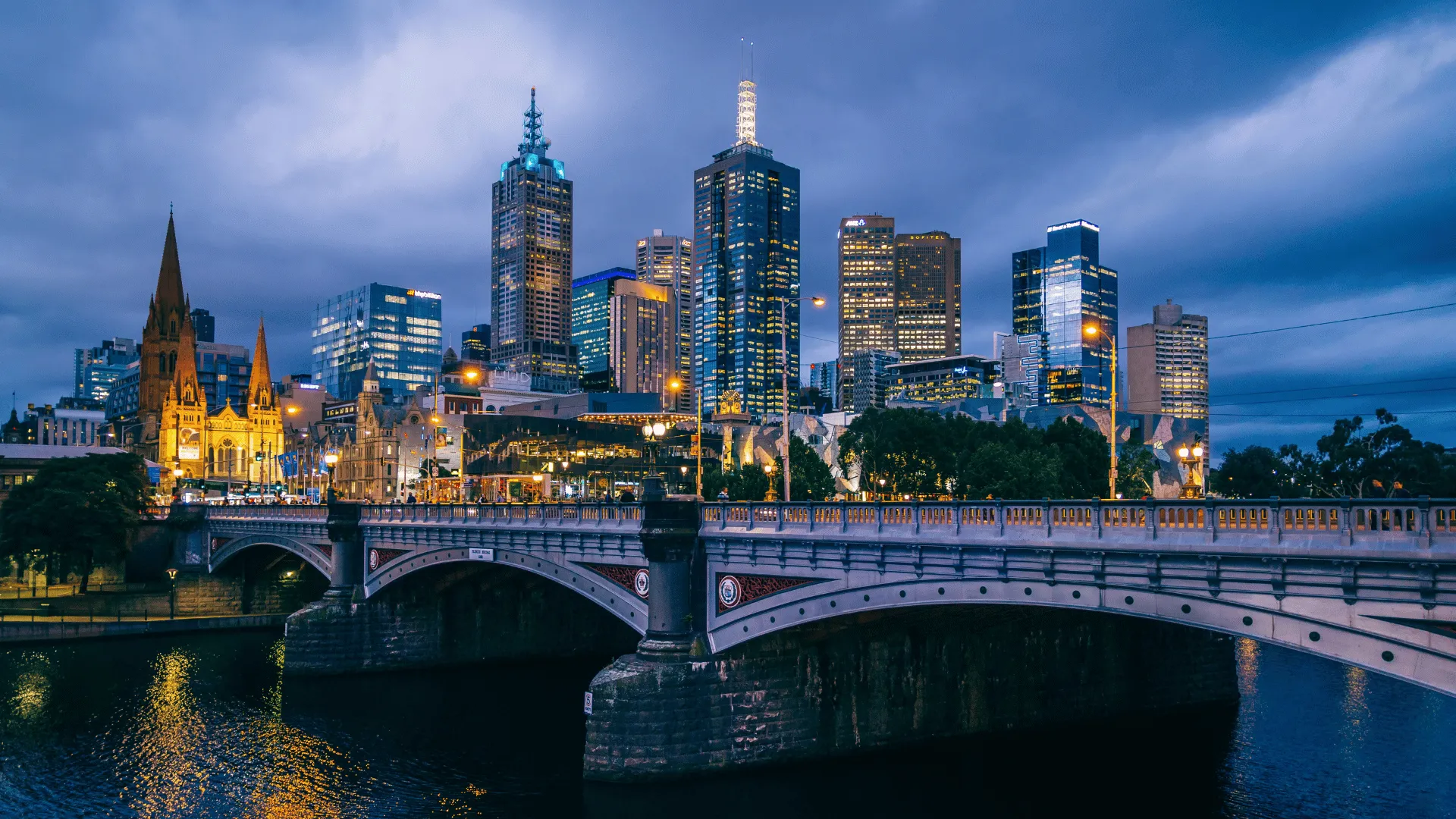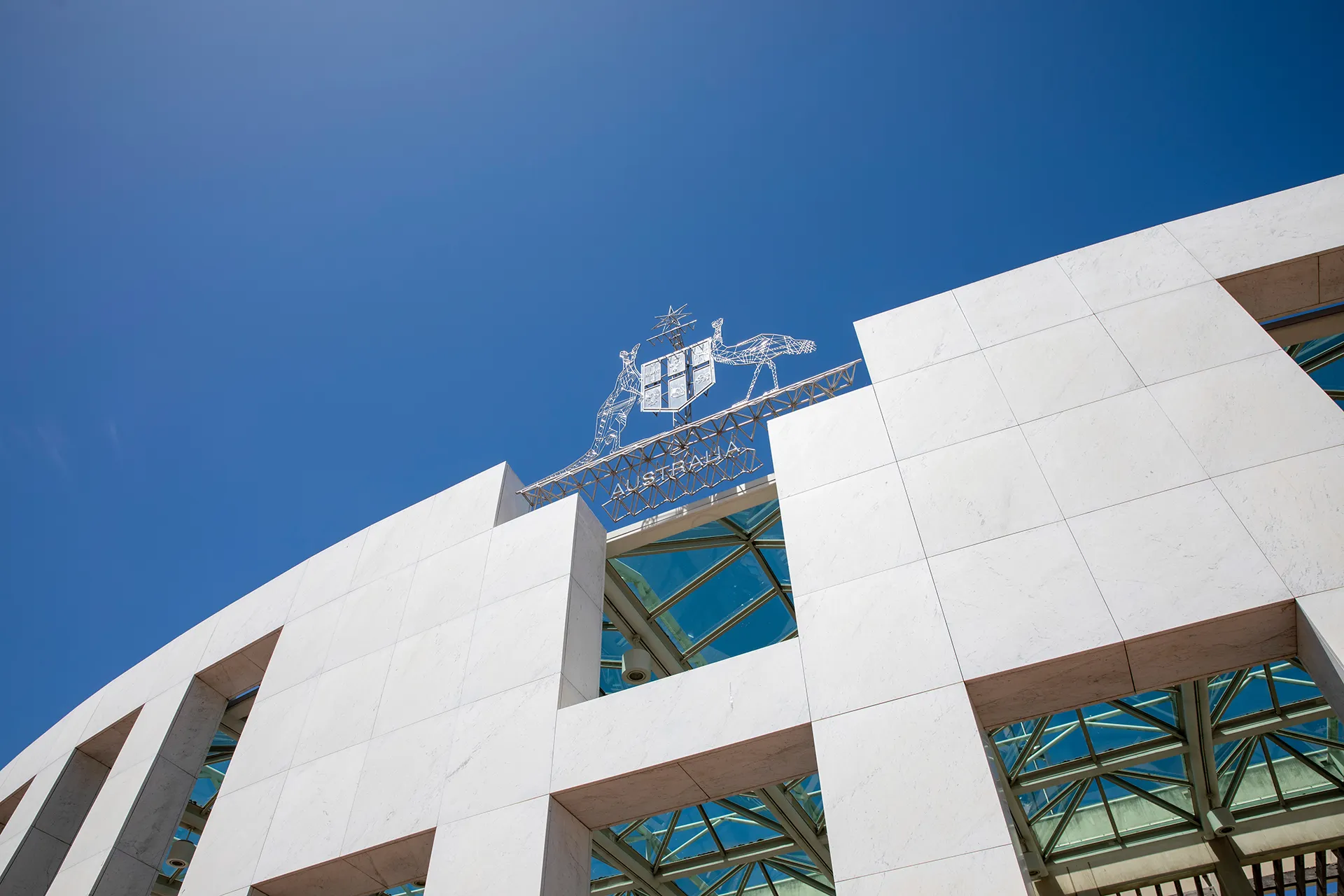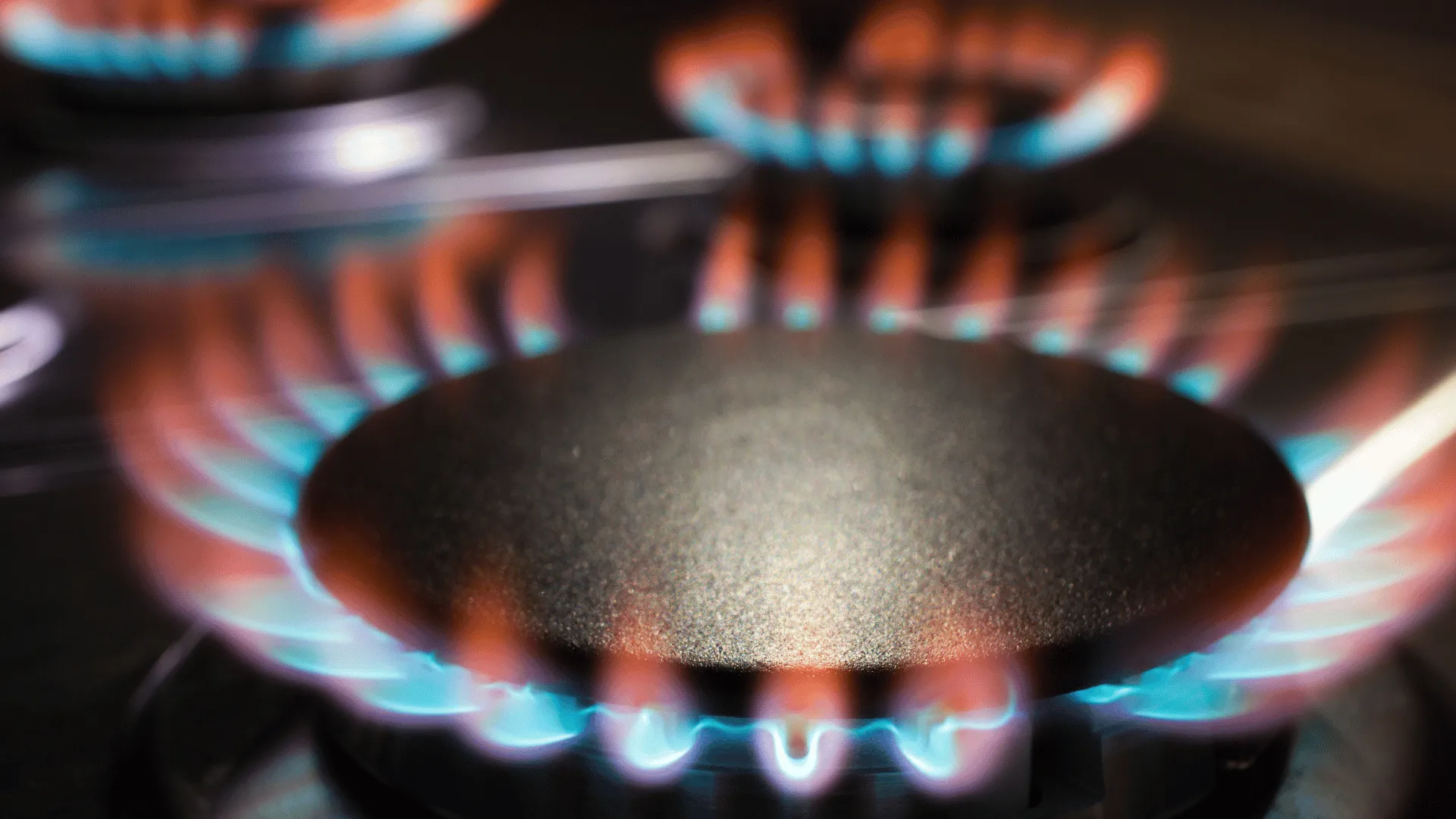In a bold stride towards energy security and sustainability, the Australian Federal Government, led by Chris Bowen, unveiled plans on Thursday to augment its support for an additional 550 megawatts (MW) of firming power generation in New South Wales (NSW). This amplification propels the existing plan of the state to nearly a gigawatt of firming capacity, a robust move geared to maintain grid reliability and security.
The comprehensive scheme, anchored in sustainability, is anticipated to attract nearly AUD 10 billion in investment and stimulate the power generation of an impressive 6 gigawatts (GW) to support the national grid’s dependability.
To date, proposals exceeding 3.3GW have been tendered, these initiatives target the void left by the looming shutdown of fossil fuel generators across the National Electricity Market (NEM). The government’s ambitious plan aims to offset the forecasted power deficits in the CAL28/29 periods following the discontinuation of Eraring and Vales Point power stations, operated by Origin and Delta respectively.
Chris Bowen hailed the announcement as a substantial enhancement to energy security, attributing this positive shift to the deployment of large-scale batteries and other zero-emission technologies. These avant-garde technologies promise to swiftly dispatch cleaner, more affordable renewable energy on-demand, such as during intervals of calm weather and diminished sunlight.
However, the ambitious plan is not devoid of challenges. It remains uncertain whether the proposed measures will adequately address the power shortage anticipated from the phasing out of fossil fuel generators. The firming capacity earmarked for support is predominantly anchored in large-scale battery and pumped hydro storage.
Recent delays to the Snowy 2.0 project have sparked fresh apprehensions about the NEM’s ability to maintain a stable electricity supply and avert a surge in power prices. Furthermore, while storage options such as pumped hydro and batteries seemingly complement renewable sources, uncertainties linger about the reliability of renewable energy during periods of calm weather and low sunshine. These concerns will be crucial in determining whether the shutdown of existing coal generation is postponed or accelerated.
The Federal Government’s bid to enhance firming generation capacity in NSW, although ambitious, is riddled with uncertainties. Striking a fine balance between maintaining grid reliability, mitigating price surges, and ensuring project completions will be a delicate act.
As Australia stands on the precipice of a renewable energy revolution, it begs the question: will this be the blueprint for the future, or will it serve as a cautionary tale? The success or failure of this grand scheme will undeniably cast a long shadow over the future of renewable energy not only in Australia but globally.
